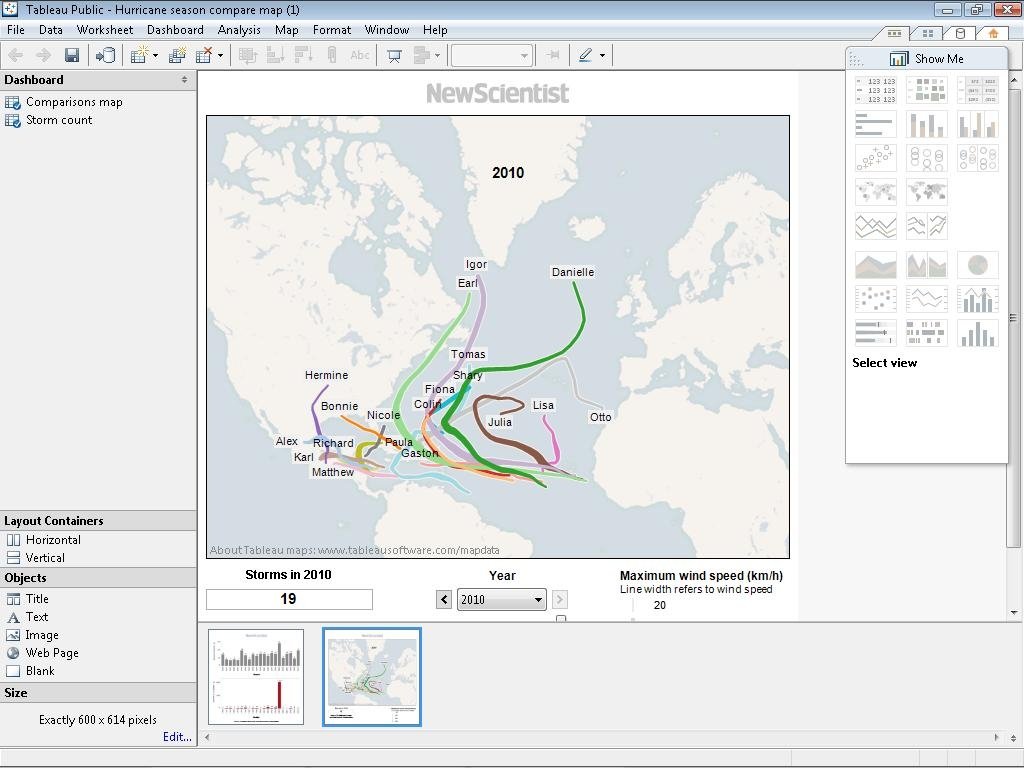

- Tableau public mac software#
- Tableau public mac free#
- Tableau public mac mac#
- Tableau public mac windows#
Tableau public mac mac#
If you’re planning to use Tableau Desktop on a Mac, compatibility shouldn’t be any of your problems!Įver since the launch of Tableau version 8.2, Tableau Desktop is officially compatible with Mac devices! It is also compatible with both Intel and M1 processors under Rosetta 2 emulation. Tableau Desktop is compatible with most Mac computers with macOS Mojave 10.14, Catalina 10.15, and Big Sur 11.4+.

Tableau has compatibility with Mac for all of their software. Tableau for Mobile: 17 Common Questions (ANSWERED!) 3. Read more about Tableau Mobile in this article here. However, it does run on other Apple devices that run iOS. Well, I’m sure you’d expect Tableau Mobile to not run on a Mac since it’s a mobile application.
Tableau public mac software#
This applies to all of the Tableau products ( except Mobile)!Ĭhances are, you’re asking about Tableau Desktop, the main software for creating data visualizations.īut if you’re curious about the other products, here’s a summary table: Tableau Desktop Tableau Prep Tableau Server Tableau Online Tableau Reader Tableau Public Tableau Mobile Does it Run on Mac? YES YES YES YES YES YES NO I know you’re thinking of trying out using Tableau on a Mac but you won’t have to worry about that!
Tableau public mac windows#
All features and interfaces in Tableau Desktop are similar to those on Mac as on Windows PCs. Tableau Mobile is available for iOS mobile devices instead of Mac computers. These include Tableau Desktop, Prep, Server, Online, Reader, and Public. All of Tableau’s products are available for Mac. See "Changing the Forecast Result" type in Forecast Field Results for information on changing the result type.īy adding such result types to the Details shelf, you add information about the forecast to tooltips for all marks that are based on forecasted data.Google Data Analytics Certificate: Worth It? (I Got a Job!) 2. You can repeat the process to add additional result types for each forecast value. In the following example, forecast data is indicated by lighter shaded circles, and the prediction intervals are indicated by lines ending in whiskers:įor each forecast value, consider verifying the quality or precision of your forecast by dragging another instance of the forecast measure from the Data pane to the Detail shelf on the Marks card and then after right-clicking the field to open the content menu, choosing one of the available options:įor descriptions of these options, see Forecast Field Results. How your prediction intervals are displayed depends on the mark type of your forecasted marks: Forecast mark type The lower the percentile you set for the confidence level, the narrower the prediction bands will be. To set the prediction interval, select one of the values or enter a custom value. You can configure the confidence level percentile for the prediction bands, and whether prediction bands are included in the forecast, using the Show prediction intervals setting in the Forecast Options dialog box:Ĭlear the check box if you do not want to display prediction bands in forecasts. That is, the model has determined that there is a 95% likelihood that the value of sales will be within the shaded area for the forecast period. The shaded area in the image above shows the 95% prediction interval for the forecast. The estimated values are shown by default in a lighter shade of the color used for the historical data: With forecasting on, Tableau visualizes estimated future values of the measure, in additional to actual historical values. See Forecasting When No Date is in the View. Note: You can also create a forecast when no date dimension is present if there is a dimension in the view that has integer values. The field you want to forecast is on the Marks card, and a continuous date or discrete date set is on Rows, Columns or Marks. At least one of the included date levels must be Year. The field you want to forecast on either the Rows or Columns shelf, and discrete dates are on either the Rows or Columns shelf. The field you want to forecast is on the Columns shelf and a continuous date field is on the Rows shelf. The field you want to forecast is on the Rows shelf and a continuous date field is on the Columns shelf. Use your (Link opens in a new window) account to sign in.Įach of the following examples indicate the structure that supports creating a forecast.
Tableau public mac free#
Watch a video: To see related concepts demonstrated in Tableau, watch Forecasting (Link opens in a new window), a 6-minute free training video. To turn forecasting on, right-click (control-click on Mac) on the visualization and choose Forecast > Show Forecast, or choose Analysis > Forecast > Show Forecast. To create a forecast, your view must be using at least one date dimension and one measure.


 0 kommentar(er)
0 kommentar(er)
